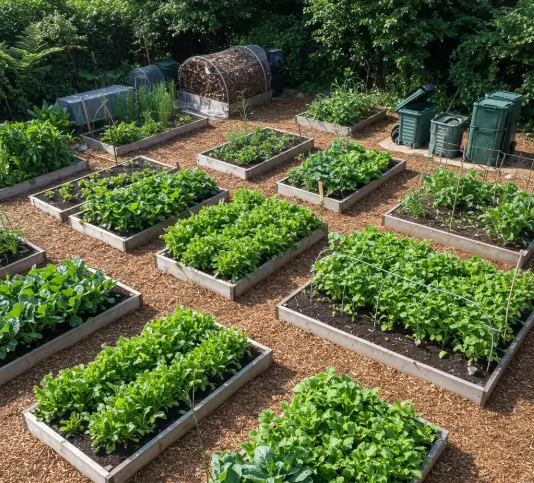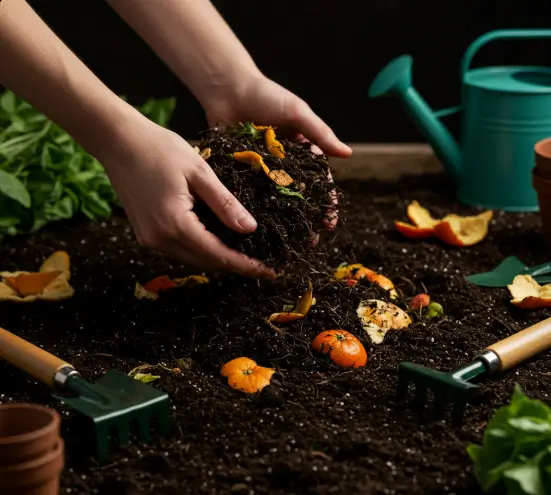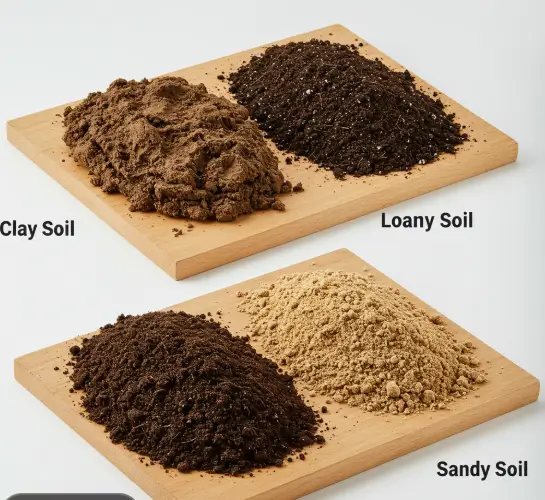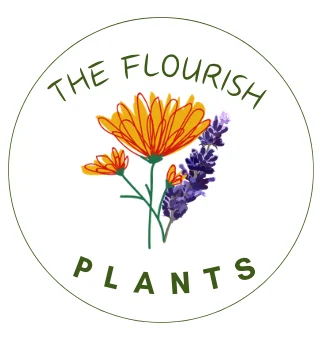Table of Contents
Understanding Organic Garden Soil
What Constitutes Organic Garden Soil?
I still remember standing by the fence that separated our yard from my neighbor Señora García’s. She was in her late sixties, wore a sunhat made of woven straw, and her garden always smelled like sweet earth and ripe tomatoes. I would watch her every spring as she dug her hands into the soil and said, “You do not grow plants, mija—you grow soil.” That stuck with me.
Organic garden soil is more than just dirt—it is a dynamic, living system. It consists of mineral particles (sand, silt, and clay), water, air, and most importantly, organic matter. The organic matter includes decomposed plant material, compost, microorganisms, and beneficial fungi and bacteria. These components together create a habitat where roots thrive, nutrients cycle efficiently, and plants grow vigorously.
The balance in soil structure allows it to retain moisture while draining excess water, creating a hospitable environment for roots. It is teeming with life, from earthworms to invisible microbes. These organisms are responsible for breaking down organic material and making nutrients available to plants. This biological activity defines healthy organic soil and is critical for achieving sustainable gardening practices.
Benefits of Using Organic Soil in Gardening
The advantages of using organic soil are numerous and often long-term. Here are some key benefits:
- Environmental advantages:
- Reduced reliance on synthetic fertilizers and pesticides
- Improved water conservation due to better soil structure
- Lower risk of erosion and runoff
- Improved plant health and yield:
- Plants in organic soil exhibit stronger root development
- Fewer diseases and pests thanks to natural resilience
- Enhanced flavor and nutritional content in fruits and vegetables
It is fascinating to consider how soil acts as a living ecosystem rather than just a planting medium. And it all begins with feeding the soil, not just the plants.

Assessing Your Garden’s Soil
Conducting Soil Tests
The first time I decided to grow my own vegetables, my mother handed me a small soil testing kit. She had ordered it online, saying, “You cannot fix what you do not know.” She was right. Testing the soil before planting anything is essential.
Soil tests evaluate the pH, nutrient levels, and sometimes even microbial activity. A standard test can tell you if your soil is too acidic or alkaline and identify deficiencies in nutrients such as nitrogen, phosphorus, and potassium.
There are two primary methods:
- At-home soil test kits: Affordable and convenient, these give quick but basic readings.
- Laboratory analysis: More comprehensive and accurate, providing detailed nutrient profiles and recommendations.
After obtaining your results, it’s essential to understand what they mean. For example, a pH of 6.0–7.0 is ideal for most vegetables. Nutrient levels should be balanced; excess or deficiency can harm plant growth.
Identifying Soil Types
I once dug into a corner of my garden expecting soft earth, only to hit a dense, sticky layer—it was clay. Knowing your soil type allows for more efficient and effective management.
There are four primary soil textures:
- Sandy: Drains quickly, warms fast, but retains little water or nutrients
- Clay: Holds nutrients well but compacts easily and drains poorly
- Silt: Smooth and fertile, but can become compacted
- Loam: Ideal blend of all three; excellent texture for most plants
Each type presents unique challenges. For example, clay may need organic matter to improve aeration, while sand needs help retaining nutrients. Knowing your type helps you apply the right organic amendments and improve soil fertility.
Enhancing Soil with Organic Matter
Types of Organic Matter
When my aunt Rosa visited from Michoacán, she noticed my compost pile and smiled. “You are feeding the future,” she said. Her family had used compost for generations—kitchen scraps, dried leaves, and even chicken manure—all mixed to restore life to tired soil.

There are several key forms of organic matter you can use:
- Compost: This is decomposed organic material. It includes food scraps, yard waste, and even coffee grounds. Compost improves soil structure, introduces beneficial microbes, and supplies slow-release nutrients.
- Manure: Animal manure, especially from chickens, cows, or horses, is nitrogen-rich. However, it must be aged or composted to prevent root burn and pathogen risks.
- Green manures and cover crops: Plants such as clover or vetch can be grown and then tilled back into the soil. They fix nitrogen, suppress weeds, and prevent erosion.
Adding organic matter not only enhances nutrient content but also improves moisture retention and microbial activity. It is a foundational principle in composting for soil.
Incorporating Organic Matter into Soil
Adding organic matter is a practice I now do with the same care as preparing a good meal. Here is how:
- Techniques:
- Layering: Especially effective in raised beds, this method layers compost, straw, and other organic materials.
- Tilling or mixing: Gently mix compost or manure into the top few inches of soil.
- Timing:
- Add compost in early spring before planting.
- Apply manure in the fall to allow it to break down safely before the growing season.
Amending your garden annually can significantly increase soil fertility and long-term productivity.
Building the Best Organic Soil for Vegetable Gardens
Essential Nutrients for Vegetables
I once tried to grow tomatoes in a patch of untouched soil. The result? Leggy plants and tasteless fruit. Vegetables demand a lot of nutrients and need a consistent nutrient supply to thrive.
Here is what they need:
- Macronutrients such as nitrogen (N), phosphorus (P), and potassium (K) are essential for plant growth, strong root systems, and fruit production.
- Micronutrients: Elements like magnesium, calcium, and zinc, though needed in smaller quantities, are equally crucial.
Organic sources of these nutrients include:
- Blood meal and fish emulsion for nitrogen
- Bone meal for phosphorus
- Wood ash and kelp for potassium
These natural fertilizers support healthy growth without the environmental harm of synthetics.
Soil Preparation Techniques
There are two main ways I prepare garden beds:
- Double digging: This involves digging a trench, loosening the soil beneath, and layering compost before replacing the topsoil. It aerates deeply and improves drainage.
- No-dig methods: Layering compost and mulch on the surface mimics nature. Over time, worms and microbes pull nutrients downward, improving structure without disturbing the ecosystem.
Both approaches work well when combined with organic amendments, especially in raised beds with higher control over inputs.
Maintaining Healthy Organic Soil
Crop Rotation and Soil Health
Last year, I planted beans where my lettuce had grown. The difference was noticeable. Beans, being legumes, fix nitrogen—improving the soil for the next crop.
Crop rotation is crucial for:
- Reducing pest buildup
- Preventing nutrient depletion
- Improving overall soil health
An effective rotation plan could look like:
- Year 1: Leafy greens
- Year 2: Root vegetables
- Year 3: Legumes
- Year 4: Fruit-bearing crops
This strategy ensures balanced use of nutrients and helps prevent soil fatigue.
Mulching Practices
Mulch is the unsung hero of my garden. Whether it is straw, shredded leaves, or pine needles, mulch offers:
- Moisture retention: Reduces the need for frequent watering
- Weed suppression: Prevents sunlight from reaching weed seeds
- Temperature regulation: Helps maintain cool roots during summer and warmth in winter
Choosing the right mulch depends on your soil type and plant preferences, but all improve soil health over time.
Addressing Common Soil Problems Organically
Improving Drainage in Clay Soils
Clay soil was my greatest challenge until I learned to work with it instead of against it. Heavy and compacted, it holds water too well.
Here is how I improved it:
- Adding organic matter like compost and leaf mold increases porosity
- Gypsum can help break up dense clay without changing pH
- Raised beds improve drainage and allow better root growth
Over time, with consistent amendments, even stubborn clay transforms into workable soil.
Enhancing Water Retention in Sandy Soils
My cousin in Arizona struggled with sandy soil that let water pass through like a sieve. We used several techniques:
- Compost and coir act like sponges, holding moisture near roots
- Mulching reduces evaporation and insulates the surface
Sandy soils benefit from frequent organic additions. Adding composting for soil materials regularly keeps the topsoil fertile and water-retentive.

FAQs on Organic Garden Soil
What is the healthiest soil for gardening?
Healthy soil is alive—it breathes, breaks down nutrients, and teems with microbes. It should:
- Contain at least 5% organic matter
- Maintain a balanced pH (6.0–7.0)
- Be loose, well-aerated, and moisture-retentive
Regularly adding natural fertilizers and compost supports this balance.
Is organic garden soil worth it?
In my experience, absolutely. While initial costs may be higher, benefits include:
- Long-term fertility
- Reduced need for chemical inputs
- Improved flavor and yield
It is a long-term investment that benefits both your health and the environment, and for more advices check our article here (click here)
What is the best topsoil for a vegetable garden?
Look for:
- Dark, crumbly texture
- No foul odors or debris
- Balanced composition of sand, silt, and clay
Buy from trusted local sources or blend your own with compost, loam, and aged manure.
What is the most beneficial organic matter for garden soil?
A combination is best:
- Compost for microbial life
- Manure for nitrogen
- Green manures for seasonal rotation
Apply in fall or early spring and monitor results. Adjust as needed for optimal soil fertility.
Disclaimer: The information provided in this article is intended for informational and educational purposes only. It does not constitute professional advice, diagnosis, or treatment. Always consult with a qualified professional before making decisions related to your health or gardening practices.

4 thoughts on “The Ultimate Guide to Organic Garden Soil: Tips for Healthy Growth”